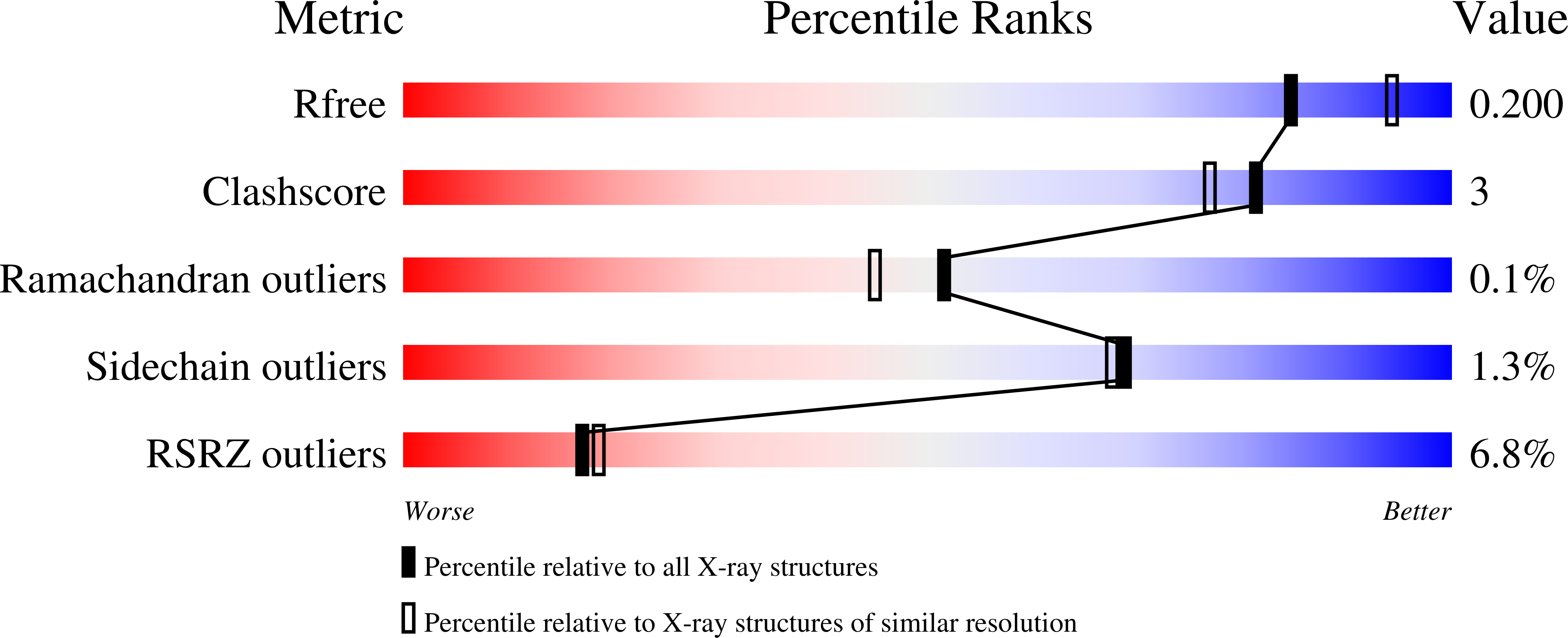
Deposition Date
2020-10-19
Release Date
2020-12-16
Last Version Date
2025-04-02
Entry Detail
PDB ID:
7KH2
Keywords:
Title:
Structure of N-citrylornithine decarboxylase bound with PLP
Biological Source:
Source Organism:
Francisella novicida (Taxon ID: 264)
Host Organism:
Method Details:
Experimental Method:
Resolution:
2.05 Å
R-Value Free:
0.19
R-Value Work:
0.17
R-Value Observed:
0.17
Space Group:
P 21 21 2


